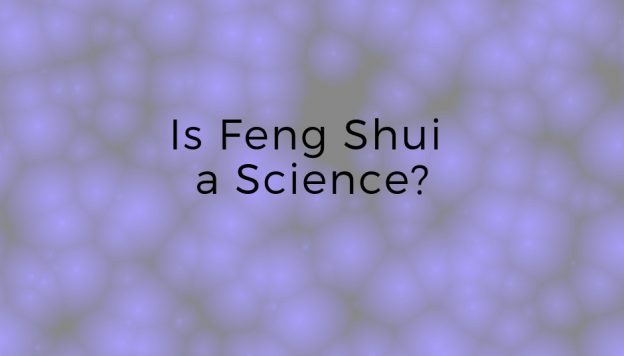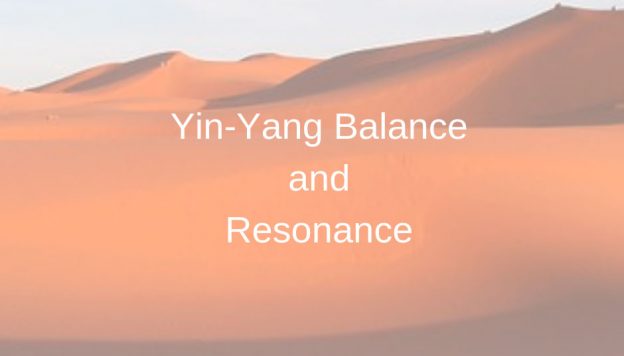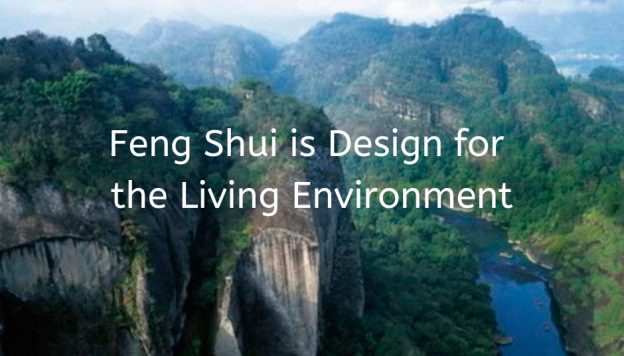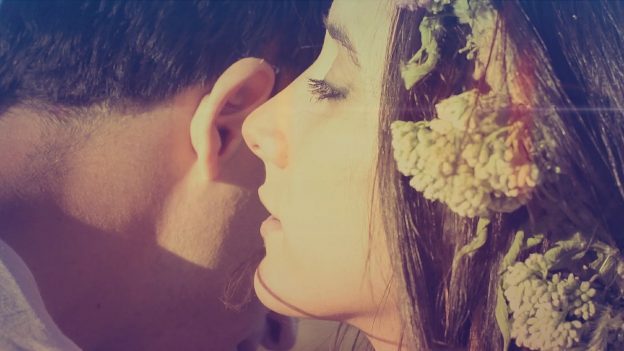Talks on Feng Shui with Dr. Hsu
7: Feng Shui Developed from Survival Needs
Site selection – the selection of an auspicious site – is the first order of Feng Shui practice.
Ancient people, especially hunting-gathering people, were concerned with the four needs of survival: water, food, shelter and security. Therefore, they made sure they were near the resources they needed, and looked for safety.










